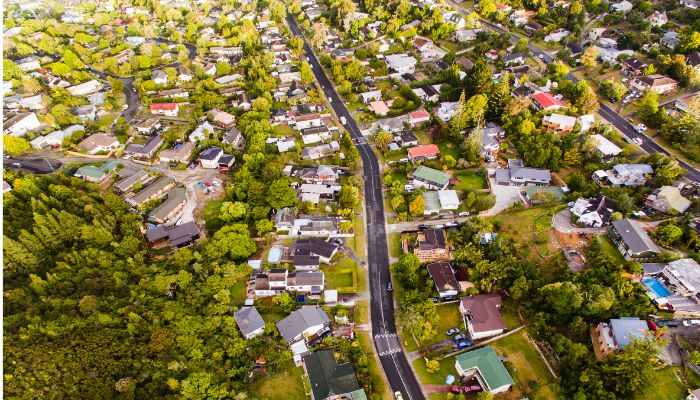
The current uptrend in interest rates is likely to have already reached a peak and time will tell whether the recent rate hikes would be enough to reverse the recent gains in the housing market.
CoreLogic research director Tim Lawless the latest monetary policy statement from the Reserve Bank of Australia (RBA) still noted of the rapid drop in housing prices since the hikes commenced, which could be a factor in slowing household spending.
“Arguably, the more positive trend in housing conditions supported the RBA’s decision to lift rates —although housing considerations aren’t part of the RBA’s mandate, a return to a more positive housing trend could be accompanied by a lift in consumer attitudes, supporting consumption and potentially keeping inflation higher for longer,” he said.
Latest figures from the CoreLogic seemed to have already marked the end of the downturn era for the housing market, as values increased for the second consecutive month in April.
While the rate hike this month is likely to dampen some of the recent excitement in the housing market, other factors could further support the stabilisation in values, including the low levels of supply, extremely tight rental conditions, and higher demand from overseas migrants.
“Time will tell whether the latest rate hike is enough to send the recent positive trend in home values into reverse, however our anticipation is the market will continue to level out on the expectation that interest rates have peaked and the imbalance between housing demand and supply will persist for some time yet,” Mr Lawless said.
The housing market reported the fastest rate of decline in home values amid the current hiking cycle. Interestingly, despite interest rates remaining high, signs of stabilisation have already started to appear.
“The more positive trend is a stark reminder that the performance of housing is influenced by a broad range of factors that go well beyond interest rate settings,” he said.
“Similar to housing conditions in the mid-2000s, housing values have turned positive without the support of lower interest rates, a loosening in credit policies or fiscal support.”
“It seems the combination of low supply and high demand has been enough to offset the downside factors of higher rates and a relatively tight credit environment.”
Impeding market bounce-back and increasing mortgage risk
PEXA chief economist Julie Toth said the recent hike comes at a shock to many mortgage holders and residential property providers after the pause in April.
“Today’s rise may cause sellers and buyers to pull back from the housing market again, as they reassess their housing options and wait for a more stable credit and pricing environment,” she said.
Ms Toth said the rate rises are continuing to prompt loan-holders to seek better financing options.
In fact, PEXA’s Refinance Index increased 6.7% over the week ending 30 April compared to the same period last month. Refinancing activity was also 25.9% and 58.9% higher than in 2022 and 2021, respectively.
A recent report from PEXA showed that Australian homeowners are battling significant increases in their home loan repayments because of the recent rate hikes and steep house price increases that are occurring concurrently with ongoing cost of living pressures,
“These risks are particularly pronounced for those who have recently purchased their residential property, between 2022 and 2023,” Ms Toth said.
While Ms Toth said there is a possibility that the current cycle is very close to the peak if not already there, the RBA continues to flag further increases to bring inflation down to its target.
“All current mortgage holders and prospective buyers need to remain vigilant to this possibility, and to fully factor it into their refinancing, borrowing and purchasing decisions,” she said.
-
Photo by nazar_ab on Canva.